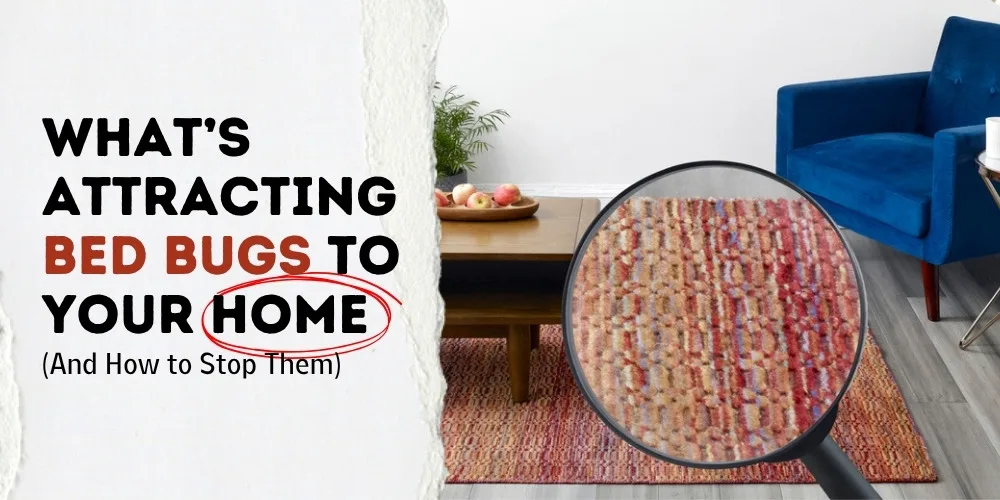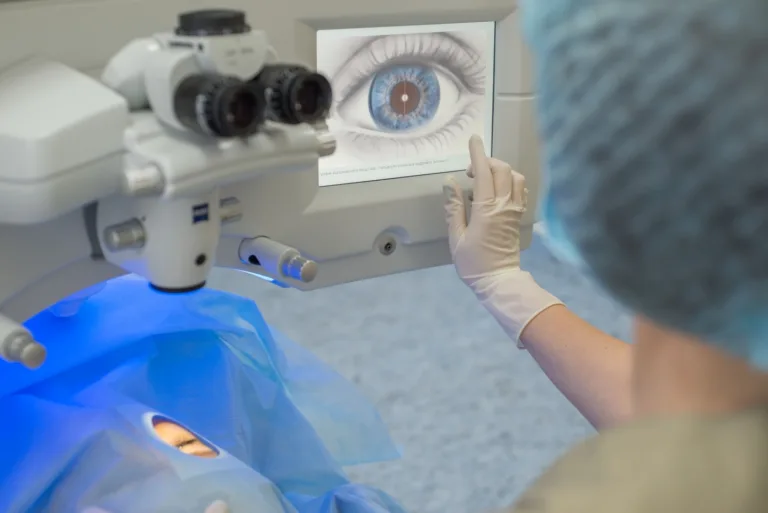What’s Attracting Bed Bugs to Your Home (And How to Stop Them)
Have you ever wondered why bed bugs keep appearing even when your home is clean? They ignore dirt and actively seek warmth, a host to feed on, and places to hide. Once they find a spot, removing them gets more complicated. That’s why it’s essential to understand what draws them in so you can stop them early. Keep reading to find out how to make your home less inviting to bed bugs.
What Are Bed Bugs Most Attracted To?
Understanding what attracts bed bugs is key to preventing an infestation. They also seek conditions supporting feeding and hiding—regardless of how clean your home is.
Body Heat, CO₂, and Used Furniture
Bed bugs seek out the following:
- Body heat: They seek warmth from people or pets at rest.
- Carbon dioxide: The air you exhale signals a nearby host.
- Used furniture: Secondhand items may carry bugs or eggs from a previous infestation.
Myths About Cleanliness
Many people assume bed bugs only infest dirty homes. But in reality:
- They target homes based on access to a host, not cleanliness.
- They travel easily on luggage, clothing, and secondhand items.
- Even spotless hotel rooms or upscale apartments can experience bed bug problems.
Unexpected Places Bed Bugs Hide
Though often found in beds and couches, bed bugs hide in overlooked spots. However, spotting these early helps limit their spread.
Cars, Offices, Luggage, and Baseboards
Bed bugs hide in everyday spaces, such as:
- Cars: If you’ve ever wondered can bed bugs live in your car, the answer is yes. They hide in seat seams, upholstery, and floor mats—especially after travel.
- Offices: They may stay hidden in chairs, under desks, or along carpet edges.
- Luggage: Suitcases offer shelter, especially after travel.
- Baseboards: Cracks along walls and floors provide ideal hiding places.
How Infestations Spread Unnoticed
Bed bugs are minor and primarily active at night. Look into the following on how they spread infestation quickly:
- They travel on bags, clothing, and furniture.
- They move through shared walls, vents, and floors in multi-unit buildings.
- Early signs include small bites or faint stains.
Habits That Increase Infestation Risk
Meanwhile, some daily habits make it easier for bed bugs to enter and stay in your home. Adjusting these behaviors can reduce the risk of infestation.
Travel and Transit Exposure
Bed bugs frequently spread through travel. Consider the following:
- Hotels, airports, and transit areas can transfer bugs to your luggage or clothes.
- Setting bags on beds or floors in unfamiliar places increases exposure.
- Shared rides or public transport may have infested seats or surfaces.
Clutter and Lack of Vacuuming
Untidy areas and irregular cleaning give bed bugs more places to hide, such as:
- Stacks of clothes or boxes offer easy shelter.
- Skipping regular vacuuming lets bugs stay in carpets and furniture.
- Overlooking baseboards and corners leave hiding spots untouched.
How to Make Your Home Less Appealing to Bed Bugs
Moreover, bed bugs can be persistent, but simple steps help keep them out. With the proper preparation and habits, you can reduce the risk of infestation.
Room Prep and Protective Covers
Following these steps lowers your risk of bed bugs:
- Use bed bug-proof mattress and pillow encasements.
- Keep beds slightly pulled away from walls.
- Keep blankets and sheets off the floor.
- Inspect used furniture carefully before bringing it indoors.
Routine Cleaning Strategies
Add the following simple bed bug prevention tips to your weekly routine:
- Vacuum floors, rugs, and upholstered furniture frequently.
- Wash sheets in hot water and dry on high heat.
- Remove clutter beneath beds and in corners.
- Inspect travel bags and clothing before bringing them inside.
When to Seek Professional Bed Bug Services
In some cases, prevention and DIY methods aren’t enough. Thus, recognizing the right time to call a professional can lead to a quicker solution.
Benefits of Heat Treatment
Professional heat treatment offers several key advantages, such as:
- It eliminates bed bugs at every stage, including their eggs.
- It doesn’t rely on chemicals, making it suitable for homes with pets or children.
- It reaches deep hiding places, including walls, furniture, and flooring.
- Technicians complete most treatments in one day, allowing you to return to your space quickly.
Signs That DIY Is No Longer Working
At a certain point, home treatments may no longer be effective. Look for the following signs:
- You still notice bites or bugs after repeated cleaning or product use.
- The infestation spreads beyond the original area.
- DIY efforts only offer short-term results or miss hidden spots.
- The problem becomes too time-consuming to manage alone.
End the Attraction Cycle Now!
Stopping bed bugs starts with knowing what draws them in. Start by making simple changes that keep them out. From travel habits to cleaning routines, every small step helps you find more ways to protect your home. Look closely at what attracts bed bugs and stay one step ahead.







